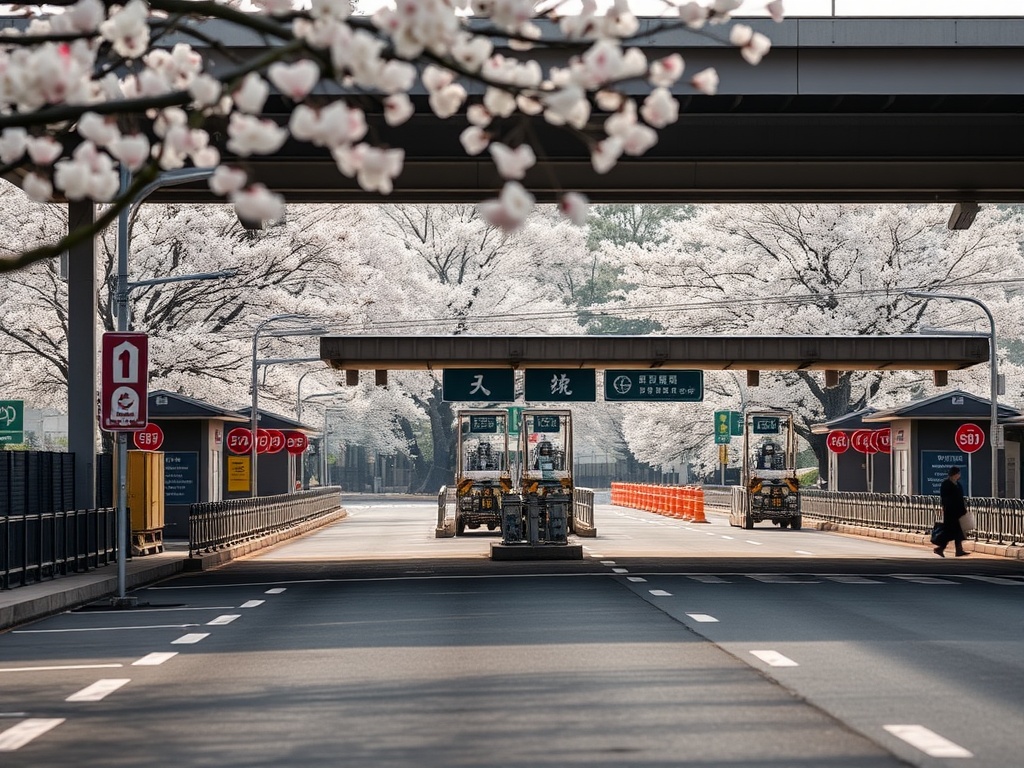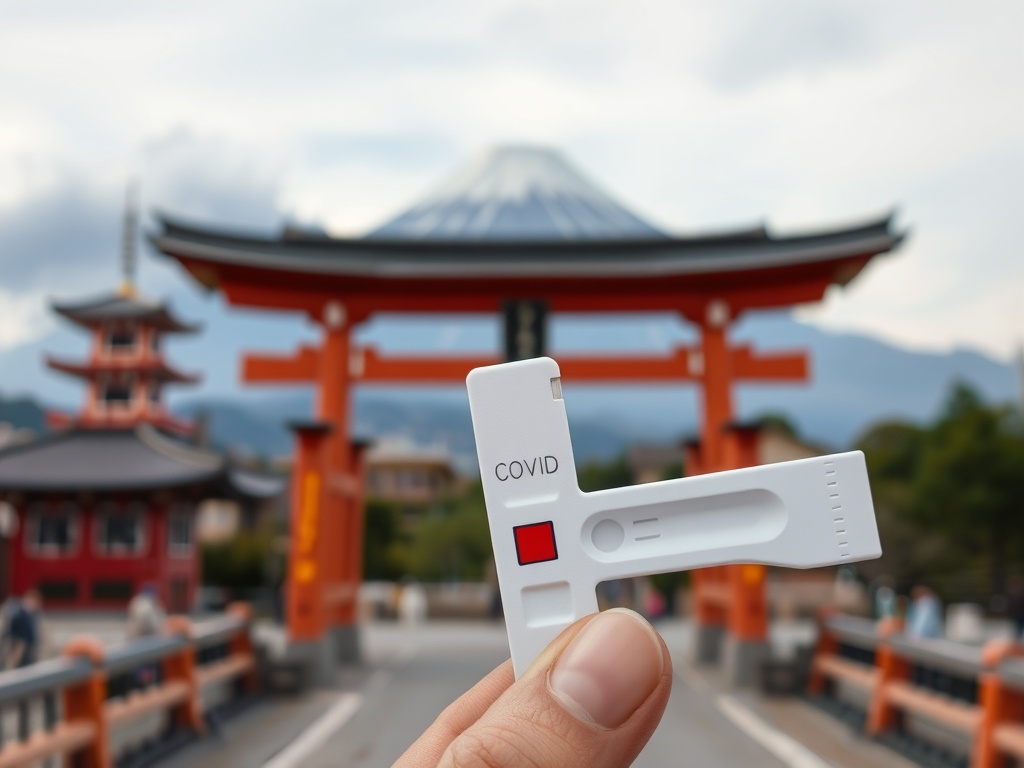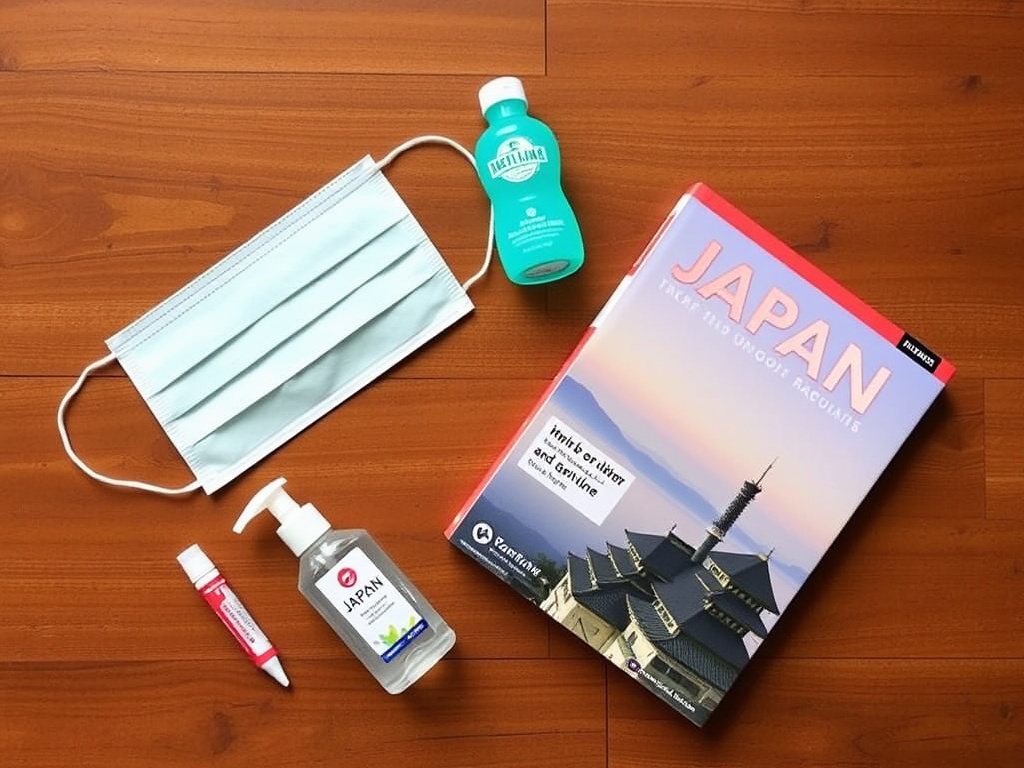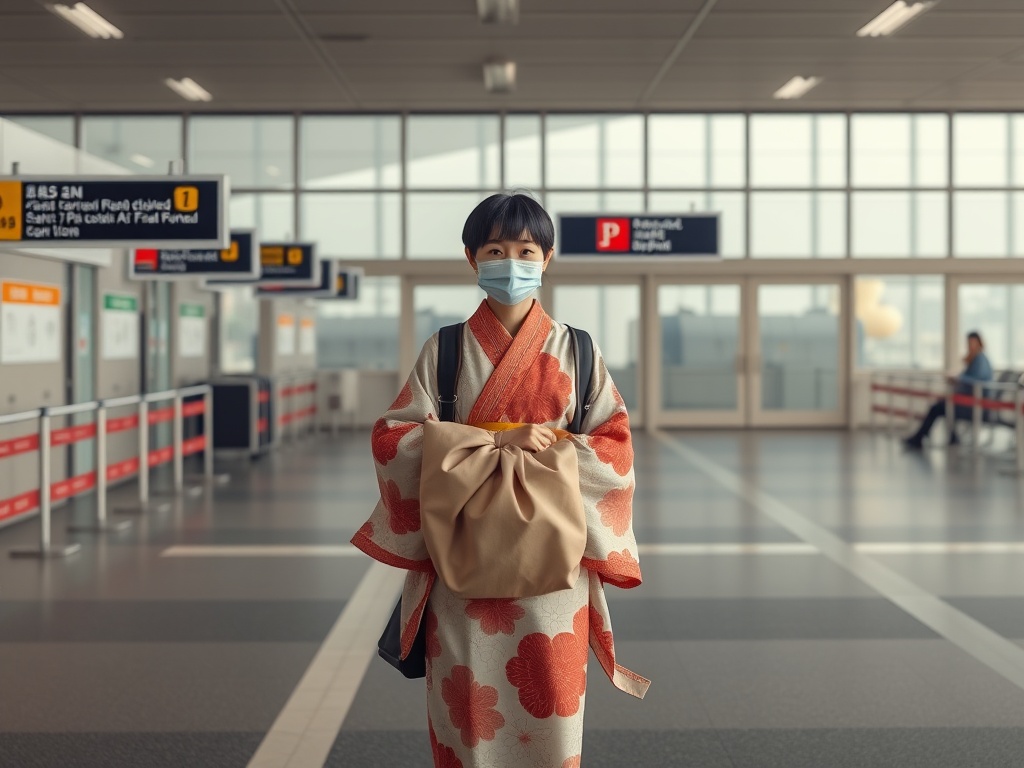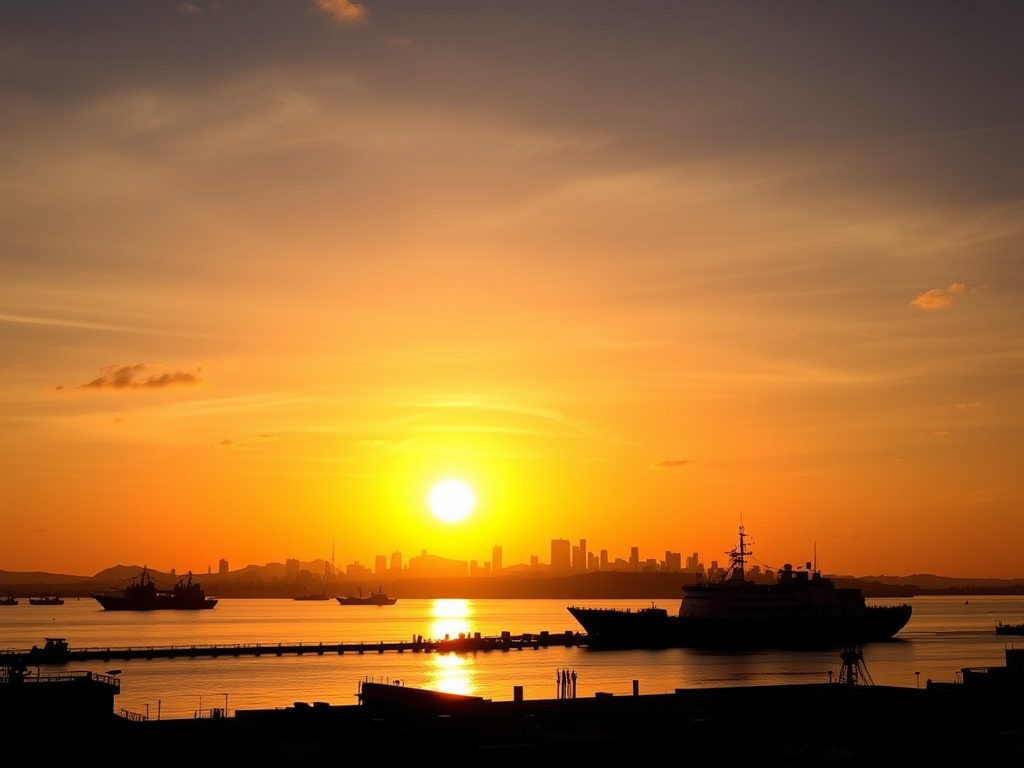Update: As of October 2022, Japan has officially reopened its doors to tourists 🎉. None of the protocols described below are currently enforced, but I will leave this information here for nostalgic reference. For the most up-to-date requirements for entering Japan, please refer to the latest posts available!
I am writing this post from the beautiful country of Japan! 🎉 After more than two years without traveling, it feels surreal to finally be here. Prior to the pandemic, visiting Japan was a regular part of our lives since our family resides in Tokyo. In fact, my last trip before the world changed was to Japan, where I spent a week exploring the stunning region of Nagano.
When the pandemic struck, Singapore, my home country, effectively closed its borders, making travel impossible without serving quarantine at a hotel. We have missed our family dearly and have longed for the moment when we could return to Japan. Therefore, it was only fitting that we chose Japan as our first destination when the opportunity arose.
I landed in Japan bright and early, and I can’t express how much I’ve missed this place! ❤️ As I mentioned earlier, Japan was one of the countries that remained largely closed off during the pandemic. They have taken health measures, including masking and quarantines, very seriously. While I am accustomed to strict measures from my experience in Singapore, I can understand how travelers from countries like the US might find Japan’s procedures overwhelming. However, this is the reality we live in, and it is precisely these measures that have allowed countries like Japan and Singapore to maintain relatively low COVID-related death rates.
Disclaimer: The information provided below reflects my personal experience and understanding at the time of writing. Please do not rely solely on this post for the latest factual information, as border restrictions may change frequently. I encourage you to conduct your own research in addition to reading this post!
Can I enter Japan right now?
Yes! Japan has finally reopened as of October 2022, nearly a full year after the initial restrictions were put in place.
Who can enter Japan right now?
Any tourist is allowed to enter Japan currently. Previously, entry was restricted unless you were a citizen, permanent resident, or long-term resident. Families of Japanese citizens or permanent residents could apply for a short-term visa. As of March 2022, Japan also began allowing students and business visitors.
How can I keep myself updated on Japan’s border restrictions?
In addition to contacting your local Japanese embassy, you can join the Return to Japan Support Group on Facebook. This group is comprised of thousands of individuals worldwide who are interested in traveling to Japan, and they often share the latest updates and information regarding border restrictions.
What do I need to enter Japan during COVID?
Based on my experience, the following documents were required for my entry into Japan:
- A valid Japan visa: If you are not a Japanese citizen, you will need a visa. Currently, all visa-free travel arrangements have been suspended. Despite holding a Singaporean passport that normally allows for visa-free travel, I had to apply for a short-term visit visa as a dependent of a permanent resident.
- A negative PCR test: This must be taken within 72 hours prior to your flight. The clinic must fill out and sign a specific form from the Ministry of Foreign Affairs (MOFA); otherwise, you may face issues during check-in or upon arrival in Japan. Japan is very strict about the exact type of test taken, and there have been instances where incorrect terminology used by clinics caused travelers to face entry issues.
Additionally, I highly recommend pre-registering and expediting your entry process by downloading the MySOS app a few days before your departure to Japan. You can find more information on how to fast track your entry here. This feature was incredibly helpful for me! However, if you are unable to pre-register, you will need to prepare the following documents (all of which are included in the fast track process):
- Written Pledge: Complete and sign this written pledge. If you do not have it printed, they will provide a copy upon your arrival. However, completing it ahead of time can save you precious moments at the airport, and it gives you ample time to read it since it is quite lengthy.
- Health Questionnaire: After checking in for your flight and obtaining your seat number, you can fill out this health questionnaire. If you do not complete it beforehand, you will need to do so upon arrival, which may extend your airport time.
- (Optional) COVID Vaccination Certificate: A government-issued certificate of vaccination is not required for entry, but being vaccinated may offer a shorter quarantine period and other benefits.
Do I need to quarantine when I enter Japan?
If you are fully vaccinated and boosted, you may not need to quarantine at all, unless your country is deemed high risk by the Japanese government. You can review the quarantine measures by country on the official website.
Note that the quarantine period begins the day after your arrival. For instance, if you arrive on December 5 (regardless of whether it’s at 6 AM or 11 PM), your first day of quarantine will be December 6.
What happens when you land at Haneda Airport during COVID?
Haneda Airport, which used to be one of the busiest and most efficient airports, now has a longer processing time due to the pandemic protocols. Before, I rarely spent more than 30 minutes from disembarking to exiting the airport; however, this time, the process took around 2 hours due to the necessary documentation and COVID testing. This time could be reduced if you have prepared the pledge and health questionnaire ahead of time. Unfortunately, due to the chaos of traveling with a toddler, we had not.
After landing, we walked through a nearly empty corridor, with clear signage and retractable belts to guide us. There are six stations we had to go through, which my husband humorously likened to completing quests in an RPG game. A word of caution: all the restrooms along the way were closed, and the first available toilet wasn’t until Station 6, which could take quite a while to reach. Plan accordingly!
Station 1: Checking Health Questionnaire and Written Pledge
At the first station, they checked if we had filled out the online health questionnaire. If you used the MySOS fast track option and have the QR code ready, you can simply show it and pass through. Otherwise, you will need to fill out the form, which requires you to know your flight number and seat number, so keep that information handy.
They also checked the written pledge, ensuring it was correctly signed if completed beforehand.
Station 2: Submit Negative COVID Test and Vaccination Proof (if applicable)
At the second station, we were required to submit our negative pre-departure COVID test, which we had taken two days prior to our flight. Having the signed MOFA form made this step much smoother, allowing us to pass through without any further questions. I highly recommend ensuring that your test is documented correctly by the clinic.
They also asked for proof of our COVID vaccinations, which is optional. Since we were vaccinated in Singapore, we presented our government-issued digital vaccination certificates on our phones, which I had prepared in advance.
Station 3: COVID Test
Next up was the COVID test itself. Fortunately for us, the testing method used was non-invasive—simply a saliva test. We were required to spit into a test tube, which was then sealed and numbered. Remember that number for when you receive your test results later! For young children who cannot produce enough saliva, nasal swabs are unfortunately the alternative, so be prepared for tears and bring along their favorite toys to comfort them.
Station 4: Install MySOS App
At this station, we were prompted to install the MySOS app. The staff spoke English and helped us ensure that our details were recorded in the app and that our phone settings were correctly configured to receive notifications during quarantine. We also needed to enable Bluetooth for the app to function properly. If you had pre-installed MySOS, you could save some time; otherwise, Haneda provides Wi-Fi, so make sure to connect to the faster network option.
Station 5: Submit Written Pledge and Briefing on Quarantine
Here, we submitted the written pledge and received a briefing on the quarantine procedures. This step was relatively straightforward, but it is important to pay attention, as they will explain your responsibilities during quarantine. One key point to remember is that once you reach your quarantine location, you must click the “Check in” button on the MySOS app to mark your quarantine place.
Station 6: Wait for COVID Test Result
Finally, we arrived at the last station, where we simply had to wait for our number to be called on a screen. There were vending machines for food and drinks, and fortunately, a restroom was available in this area. Social distancing measures were in place, so only alternate seats were available for sitting.
When our number appeared on the screen, indicating we had tested negative for COVID, we proceeded to the counter to receive a pink slip confirming our negative result. The wait was only about 20 minutes. We were negative!
Afterward, we completed the usual immigration procedures. Despite the overall lengthy process, everything moved quickly, and each station was clearly marked, so I barely had time to think about anything else. I was genuinely surprised that it had already been 1.5 hours since we landed by the time we reached immigration.
Final Steps: Immigration, Luggage Collection, and Customs
We went through immigration as we typically would—speaking with an officer, presenting our passport, and showing the pink slip we received at the last station. They also took our biometrics (photo and fingerprints) as part of the normal procedure.
Interestingly, there were very few people in the immigration queue, which felt unusual to me. The flight we took was quite popular (a red-eye from Singapore), and typically, we would experience a 20-minute wait in line.
Once we got through immigration, our luggage was already lined up and waiting for us. We simply submitted the customs form as usual before walking out of the airport and into our quarantine.
You can take public transport upon exiting, but if you have a lot of luggage or are traveling with kids, consider booking private transport instead. You can arrange for private transport from Haneda here. If you are arriving at Narita, you can book a private transfer here.
A masked Hello Kitty greeted us as we arrived in Tokyo!
What happens during quarantine in Japan?
During my initial visit, we were required to quarantine for 14 days, with random checks conducted throughout the day via the MySOS app. It’s crucial to keep your phone on and within reach at all times. During my second visit, I was fortunate enough not to have to quarantine.
There are three types of checks conducted through the MySOS app:
- The “I’m Here” Check: This involves clicking the “I’m here” button on the MySOS app home screen when prompted. You should do this within a few minutes of receiving the notification. If you are late, a warning message will appear, indicating that you are not at your declared quarantine location.
- The AI-operated Video Recording Call: You will receive a notification a few minutes before this call. When the call comes in, hold your phone so that your face and surrounding area are visible. The recording lasts about 30 seconds before automatically terminating.
- The In-person Call: This involves speaking with an actual person. If you do not speak Japanese, the operator will communicate in Japanese as well. The interface resembles a FaceTime call, but you will only see a black box for the operator’s video. In my experience, these calls were brief—lasting less than a minute—as they just wanted to confirm my location. Typically, I was checked 3-4 times each day, often consisting of two “I’m here” checks, one AI-operated video recording, and one in-person call. Additionally, I was required to submit a daily health report via the MySOS app, indicating whether I had a fever or any COVID symptoms.
Leaving the quarantine location is not permitted unless absolutely necessary, such as for obtaining food if delivery options are unavailable, purchasing medicine, or addressing other medical needs. As responsible citizens, we adhered strictly to the rules and did not leave.
During our quarantine in Singapore, we spent 14 days at our residence, which initially felt like a long time. However, once we were in it, the time passed quickly! We were fortunate to have a house with a balcony; otherwise, I cannot imagine how we would have coped with the confinement.
Shortening the Quarantine to 3 Days if You Are Fully Vaccinated and Boosted
If you are fully vaccinated and boosted with an approved vaccine, you can shorten your quarantine to just 3 days. To do this, you must take another test on the 3rd day of quarantine and upload the result via the MySOS app. If the test is negative, you should be able to exit quarantine on your 4th day (see the official documents for the latest guidelines, though they may be subject to change).
A popular testing location is the Kinoshita Clinic in Haneda, which offers a quick 30-minute antigen test for 1,900 yen. If you don’t have a car, you can book private transport to Haneda here.
Once you receive your negative test certificate (which is the size of a business card), take a photo of it and upload it to the MySOS app under Settings > Application for Special Circumstances. In my case, I was approved for a shortened quarantine within 40 minutes of uploading my negative test certificate.
That’s all the information I have regarding entering Japan during COVID and my quarantine experience. If you have any questions or need further clarification, feel free to ask in the comments below!
